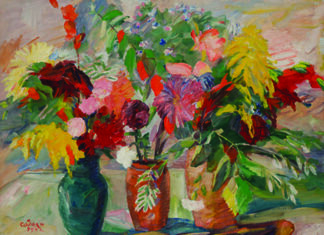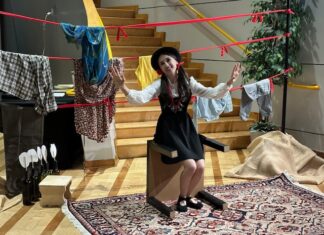By Ayla Jean Yackley
ISTANBUL (Al-Monitor) — A small book publisher is introducing Turkish readers to long-snubbed Armenian literary figures while also fighting to rescue Western Armenian, making Istanbul an improbable center of book production in the endangered language.
Now Aras Publishing has launched a children’s division and opened a new editorial office, built with donations from readers, that includes a space it hopes will forge deeper connections among its readers. The Zabel Yesayan Salon, named for the Ottoman-era feminist writer, hosts lectures, author readings and workshops. This month’s program includes discussions on being young and Armenian in Istanbul and one sultan’s fascination with the fictional detective Sherlock Holmes.
It’s a bold undertaking for an independent press at a time when speech is strictly policed in Turkey and discussions on constraints on its minorities and the World War I-era genocide of up to 1.5 million Armenians remain taboo. Even cultural endeavors carry risks: In October, the authorities banned an academic conference on Armenian history without offering cause.
“We want to build bridges through dialogue, and we’re doing it openly with knowledge, literature and culture. Could this lead to repercussions? Anything is possible in this country, but we have no choice but to try,” said editor-in-chief Rober Koptas.
“We are like seaweed clinging to the rock: We are among the last and we will continue to dwindle, but this is our way of leaving our mark.”











